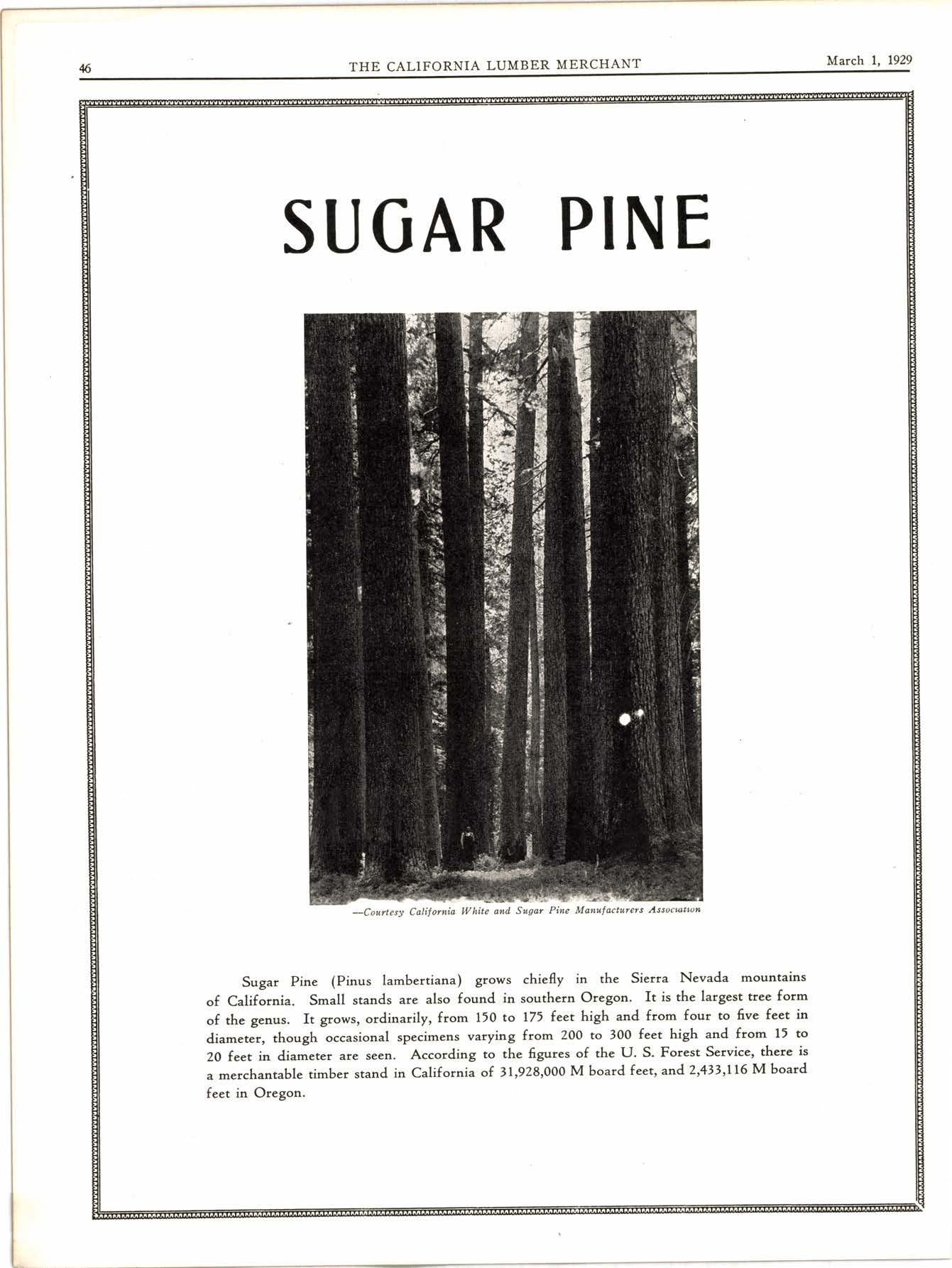
2 minute read
Fedeml Official Broadcasts Endorsement of Grade and Trade Marked Lumber
Washington, Feb. 9.-Merchandising of grade-marked lumber that carries a national trade mirk indicating that it is financially guaranteed to meet American Lumber Standards was officially and publicly endorsed in an address here tonight over a nation-wide hook-up ol 29 radio stations. This address, by Dr. Julius Klein, Director of the Bureau of Foreign and Domestic Commerce of the U. S. Department of Commerce and an internationally recog- nized authority on commercial practices, carried specific endorsement of the grade-trade-marking program of tire organized lumber industry.
Dr. Klein emphasized the intimate part that lferbert If oov_er has played in helping the industry to develop American Lumber Standards. He mentioned specifically the financial guaranty that the National Lumber Manufacturers Association proposes as an assurance that regionally grademarked lum'ber meets such standards. He told of the coo_perative support given by the Commerce Department's National Committee on 'Wood Utilization in helping to develop the Standards behind this consumer guaianty.
-"No_ other country," said Dr. Klein, "has ever attempted such a progressive plan in lumber merchandising."
Dr. Klein's remarks, in part, read:
"T_ would likq to stress a point, and direct your attention to a movement, that seems to me to be tremendously important. \Are see shoddy house-construction in every part of the United States. But we have 90 different species of wood, and each kind is reduced in many grades. How is the home-builder or homeowner to know what particular species and what par- ticular grade should be used for each part of the stiucture? Specifications are not always followed (and that is- putting it- mildly.) Then, in addition to this perp_lexing problem of the right quality for a specific use, there is (or has been) the frequently irritating question of dimensions. A ferv years ago an investigaior discovered that at least twelve different thicknesses of lumber were sold as "2-inch" in the New York market-and, actually, they were all less than 2 inches. The situation, as viewed even from the standpoint of .the lumber men themselves, was chaotic, unfiir, and injurious.
Meaning of Grade-Marking
"Herbert Hoover succeeded in unidng soft wood lumber interests-manufacturers, distributors, and consumers-and they agreed on American lumber standard sizes and grades. Today, if you ask 'How can the uninitiated, unsuspecting buyer make sure that he is.getting what he pays for, without being an expert lumber grader or actually measuring each stick?' the answer is very easy. That answer is comprised in two vital words-'grade marking.'
"This system calls for the marking of the ends of every board with a stamp indicating the precise qual- ity. Thus, after the grade-marked lumber leaveJ the mill grades cannot possibly be mixed by mistake. The grade marks are therefore the consumer's guaranty in regard to quality. T'he National Lumber Manufacturers'Association is now putting a financial guaranty behind the lumber bearing the symbol of the National body. No other country has ever attempted such a progressive plan in lumber merchandising.
{'The National Committee on Wood Utilization, in the Department of Commerce at Washington, has made this grade-marking one of its principal projects. This Committee covers all the points that I have mentioned in our talks this week and last, and will be delighted to _answer inquiries or afford practical help wherever that may be possible.
"Lumber standards and grade-marking constitute, of course, merely .one of the ways in which you may participate in the vast annual savings made possible through the broad program of "simplified practice" which is now making such phenomenal and giatifying progress in this country."










